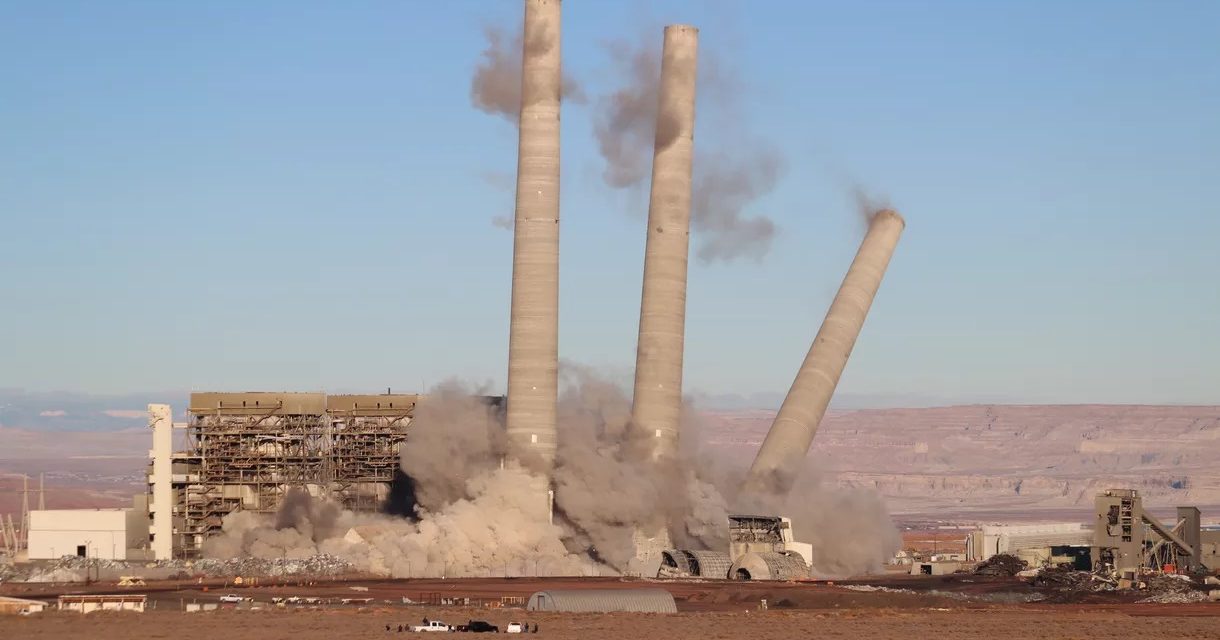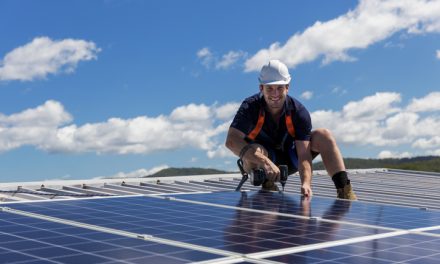In response to activism and industry pressure, Lloyd’s will phase out fossil fuel insurance coverage by 2030. Lloyd’s is the “world’s biggest insurance market.”
Each week we summarize three pieces of news that give us hope for a greener, brighter future. Follow Emeraldology on social media or sign up for our weekly newsletter to have Hopeful Headlines sent directly to your inbox!
Lloyd’s market to quit fossil fuel insurance by 2030
By Julia Kollewe, The Guardian, December 16, 2020
- After criticism for exiting fossil fuel investments too slow, Lloyd’s will end fossil fuel insurance cover by 2030. The “world’s biggest insurance market” will begin by ending cover for “coal, oil sands and Arctic energy projects” by 2022.
- 90 insurance syndicates make up Lloyd’s market. Fossil fuel projects contribute less than 5% of the market’s annual premiums.
- The Money Quote: Lindsay Keenan, European coordinator of the Insure Our Future campaign, which has pressured many insurers globally into divesting from coal, said: “It’s a good step forward but it’s clearly not ambitious enough. The 2030 deadline is hard to justify given the science.”
Why Lloyd’s phasing out fossil fuels cover matters:
While the Lloyd’s phase-out leaves much to desire, it’s a step in the right direction. Further, it’s proof that even the largest institutions respond to pressure from environmental campaigns.
-
 Produce Wash Cleaning Bar$5.99
Produce Wash Cleaning Bar$5.99 -
 Sustainable Home Gift Box$39.99
Sustainable Home Gift Box$39.99 -
 Sustainable Cosmetics Gift Box$29.99
Sustainable Cosmetics Gift Box$29.99
After decades of activism, the Navajo coal plant has been demolished
By Jariel Arvin, Vox, December 19, 2020
- The Navajo Generating Station — on of the nation’s largest coal plants — was demolished on December 18. Its removal makes way for renewable energy sources, which have become “far cheaper” than coal.
- The cleanup effort is expected to cost around $150 million. It includes the removal of toxic coal ash. Once completed, the land where the smokestacks stood “will be turned over to the Navajo Nation.”
- The Money Quote: Critics of the facility point to its environmental costs as problematic — at one point it released more greenhouse gases at an hourly rate than almost any other facility in the US — and argued it polluted land and water used by Navajo ranchers and farmers.
Why the Navajo coal plant demolition matters:
The removal marks the end of an era after four decades of spewing greenhouse gas emissions and pollution. The major coal plant — and the mines that fed it — will make way for clean renewable energy. Let’s hope many more follow — and fast.
Climate Change Legislation Included in Coronavirus Relief Deal
By Coral Davenport, The New York Times, December 21, 2020
- December’s coronavirus relief package includes $35 billion for renewable energy sources and “curtailing the use of a potent planet-warming chemical used in air-conditioners and refrigerators.”
- The coolant, hydrofluorocarbons (HFCs), is 1,000 times more potent than CO2. In 2016, 197 nations signed the Kigali agreement called for the phase out of HFCs. The United States was not among its signatories. (insert face palm here)
- The Money Quote: “The coolant phase-down would be one of the most significant federal policies ever taken to cut greenhouse gas emissions, according to an analysis by the Rhodium Group, a research and consulting firm.“
Why phasing out HFCs matters:
According to the Rhodium Group, “law would help avoid the equivalent of 949 million tons of carbon dioxide” by 2035, effectively cancelling out emissions from climate regulation rollbacks during the Trump administration.
Follow @emeraldology for shopping discounts and lighthearted content about eco-friendly actions.
Feature photo Wahleah Jones/Native Renewables.












